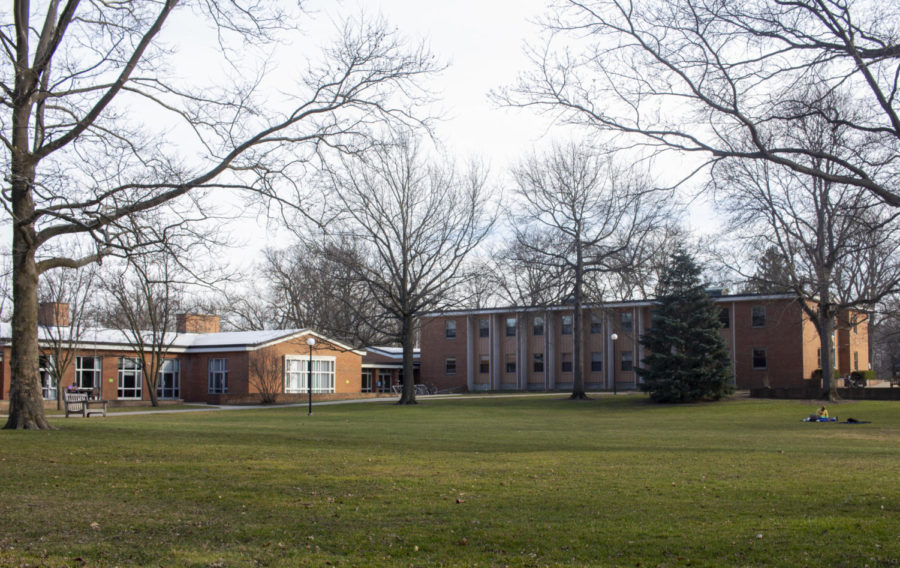College Releases Summer Housing Plan, Requires In-Person Enrollment
Students will be moved from the South Campus dormitories to complete heating infrastructure projects this summer.
After allowing students to enroll in classes remotely due to COVID-19 disruptions for the past two semesters, the College announced that it will require in-person enrollment for the summer semester. Additionally, the summer will also be impacted by a heating and infrastructure project on South Campus, requiring students to move to North Campus.
Campus administrators made the decision to make in-person enrollment mandatory in light of the anticipated improvement regarding the COVID-19 pandemic. Earlier this week, the state of Ohio announced that those 16 and older would be eligible for a vaccine at the end of the month, creating hope that students will be fully vaccinated before the summer semester begins.
“We anticipate that vaccines will become available to the entire community this spring and early summer and therefore there will likely be few remote-accessible course options for the summer by the time we get to the beginning of the semester,” wrote Dean of the College of Arts and Sciences David Kamitsuka in an email to the Review.
The Academic Advising Resource Center will work with international students who cannot return to campus this summer on a case-by-case basis to determine enrollment options.
Despite the forthcoming vaccinations, some students who were planning on studying remotely were disappointed by the College’s decision. Because of the policy, College second-year BellaClare Baily plans to take a personal leave of absence this summer.
“As someone who was looking forward to being able to work from home while also taking classes, I am really disappointed that I have to choose between my education and a summer job,” Baily said.
Baily has a job and internship lined up that she plans to pursue instead of returning to campus.
To better accommodate students during the hot Ohio summer, as many students as possible will be consolidated in campus buildings with air conditioning, which includes Village Housing on Union Street through Goldsmith Street, Kahn Hall, and Firelands Apartments.
Students currently residing in South Campus housing will also be moved north so the school can complete a major heating infrastructure project on South Campus buildings this summer.
Phase 1 of the four-year Sustainable Infrastructure Project will begin during the summer semester. The project aims to update South Campus housing infrastructure by installing air-conditioning units and transitioning to a more energy-efficient hot water system.
“The SIP will convert the campus from a district steam heating system to a highly efficient hot water system,” Chief Facilities Officer Kevin Brown wrote in an email to the Review. “At the same time, we will expand our chilled water system that will enable air conditioning in select dormitories where it makes engineering sense. The goal [for the summer] is to get as many students as possible into our existing air-conditioned spaces while also closing most of the South Campus housing for the major heating and chilled water infrastructure project this summer.”
The closure of South Campus for the summer semester also presents a logistical challenge for students who currently live on South Campus and will be required to move to North Campus during their only 10-day break.
“The rental car program is a resource that may be useful to students who need cars,” wrote Vice President and Dean of Students Meredith Raimondo in an email to the Review. “I would hope we would see Obies pitching in to help each other.”
Despite these potential concerns, the College continues to remain optimistic about the potential for a fulfilling and exciting summer semester.
“This summer promises to be a very special time on campus for in-person activities, especially after the high level of necessary restrictions this past fall and this spring,” Kamitsuka wrote.







